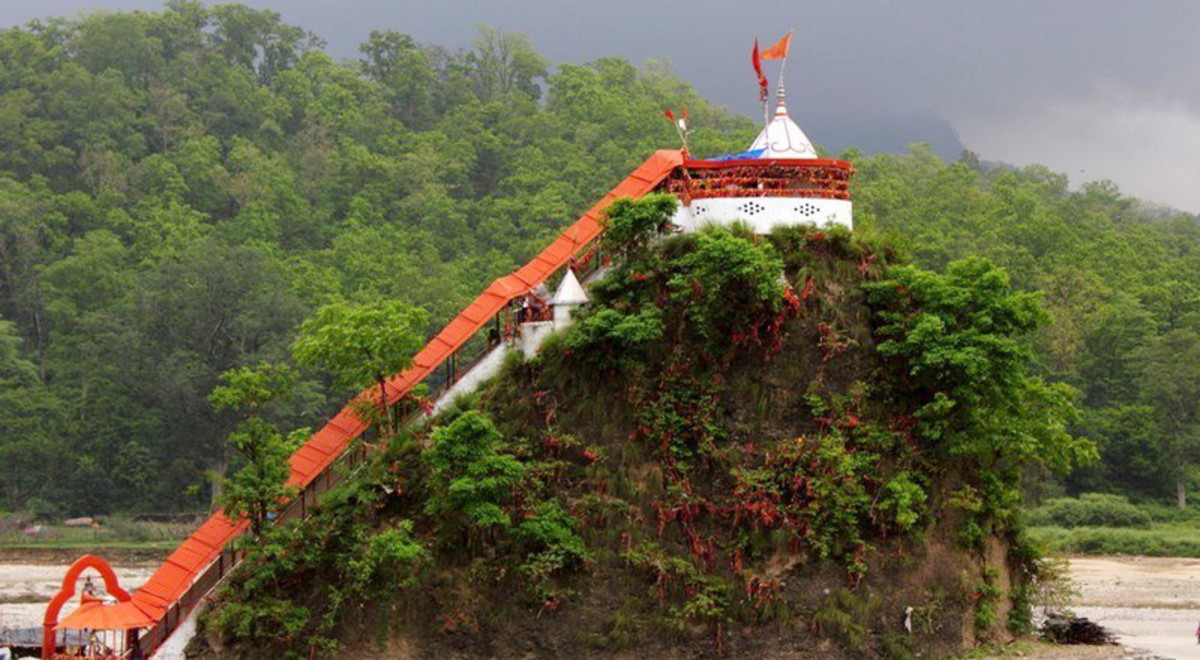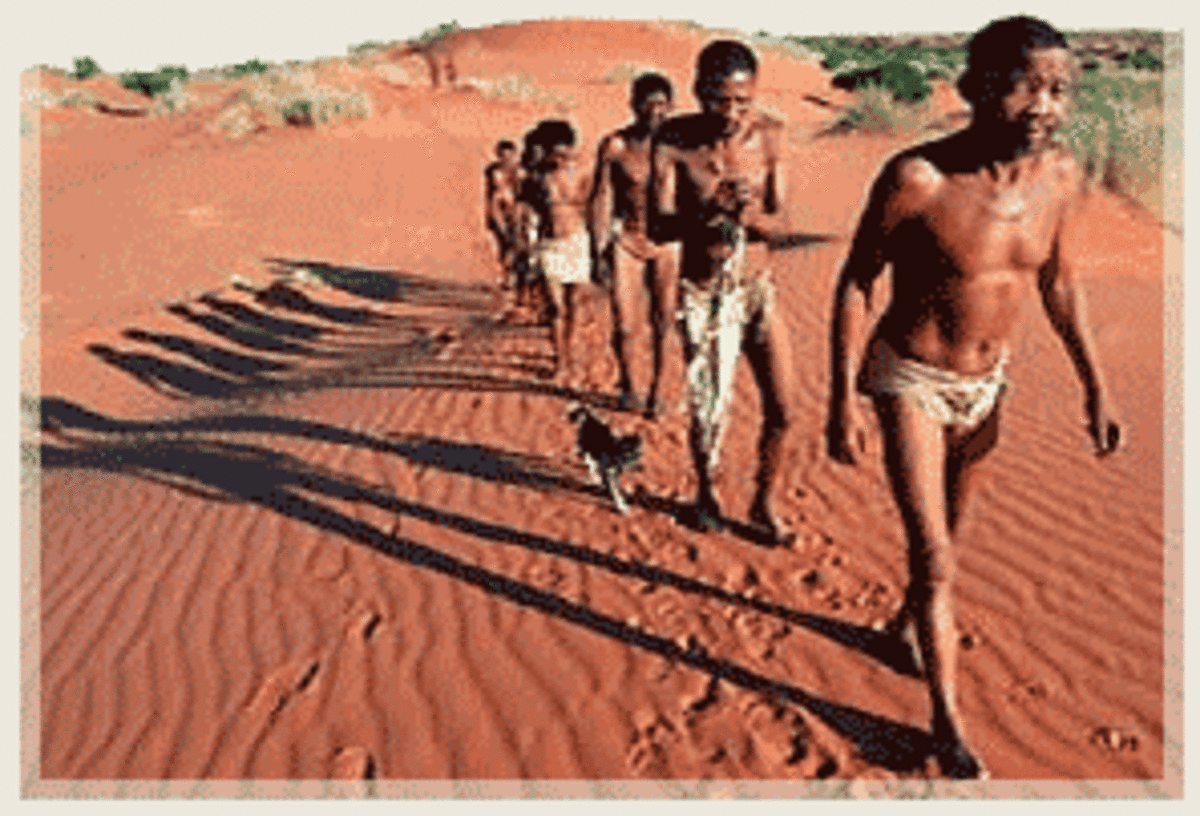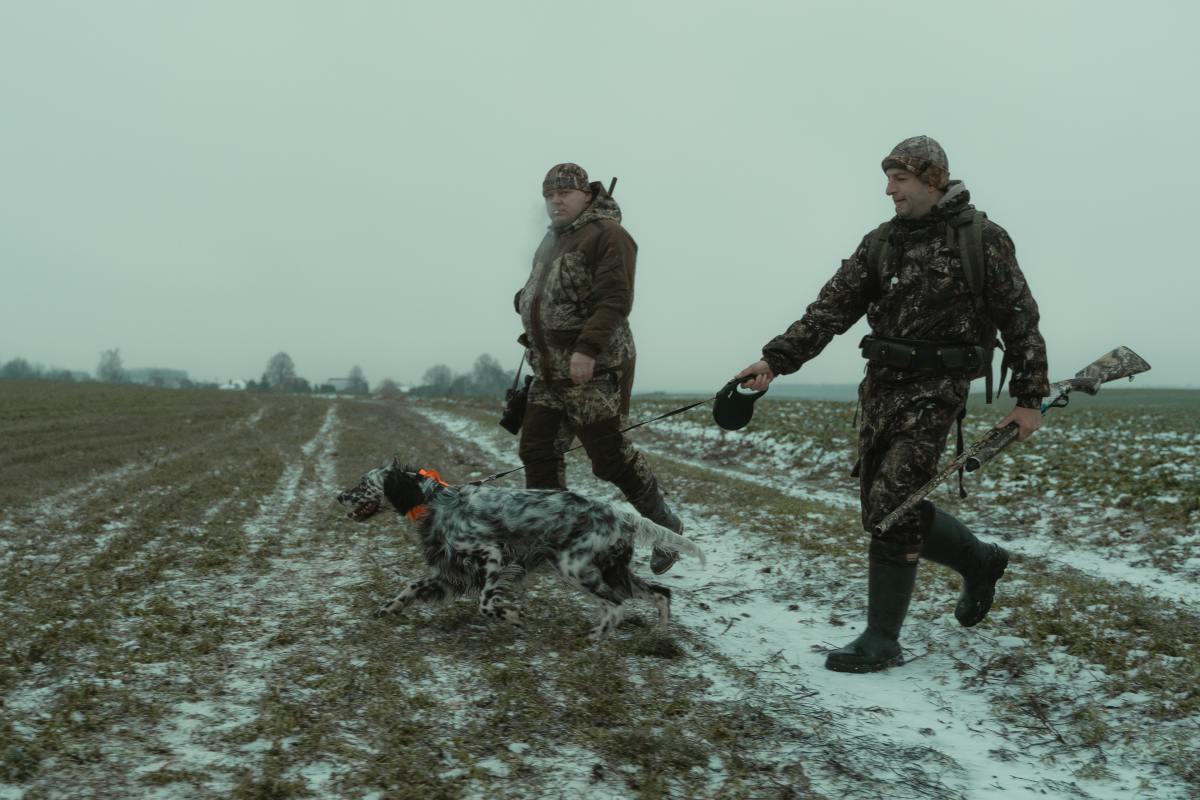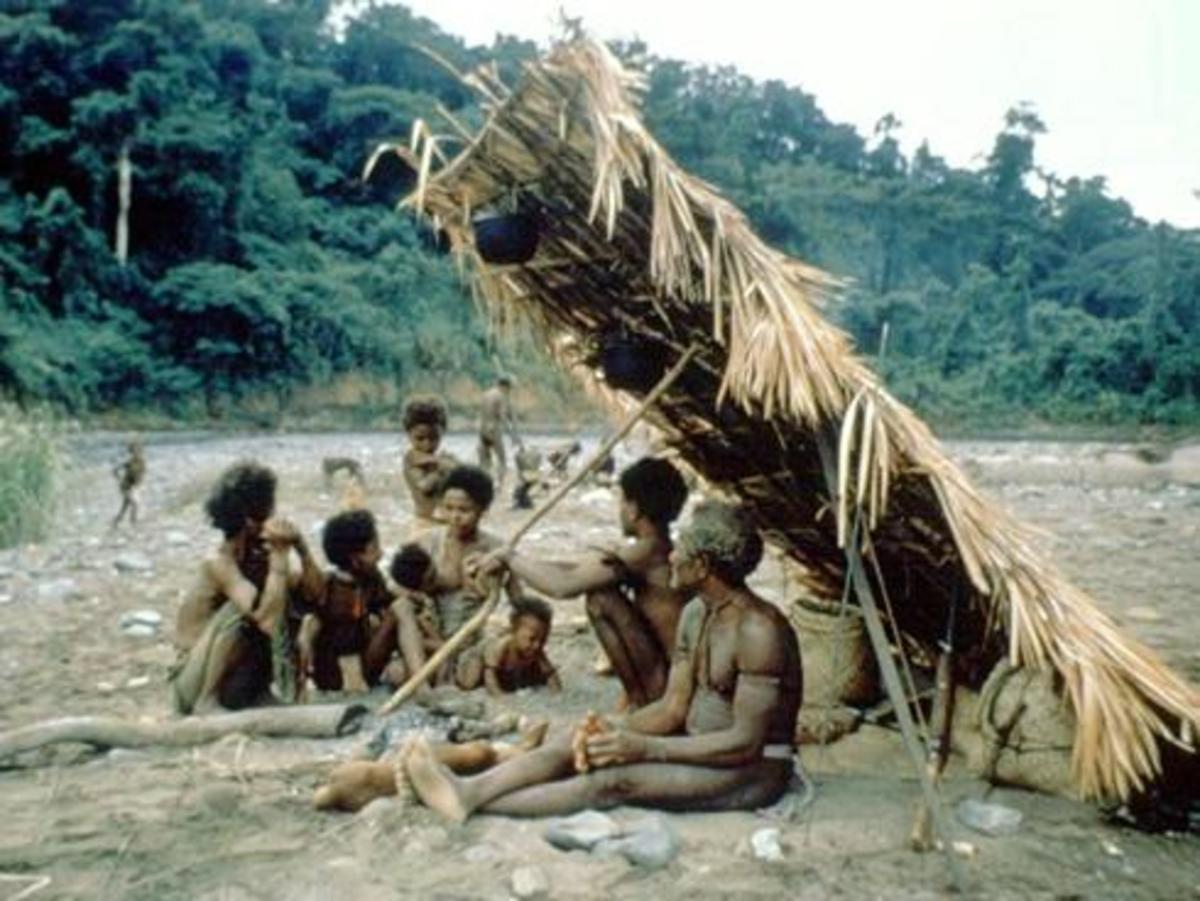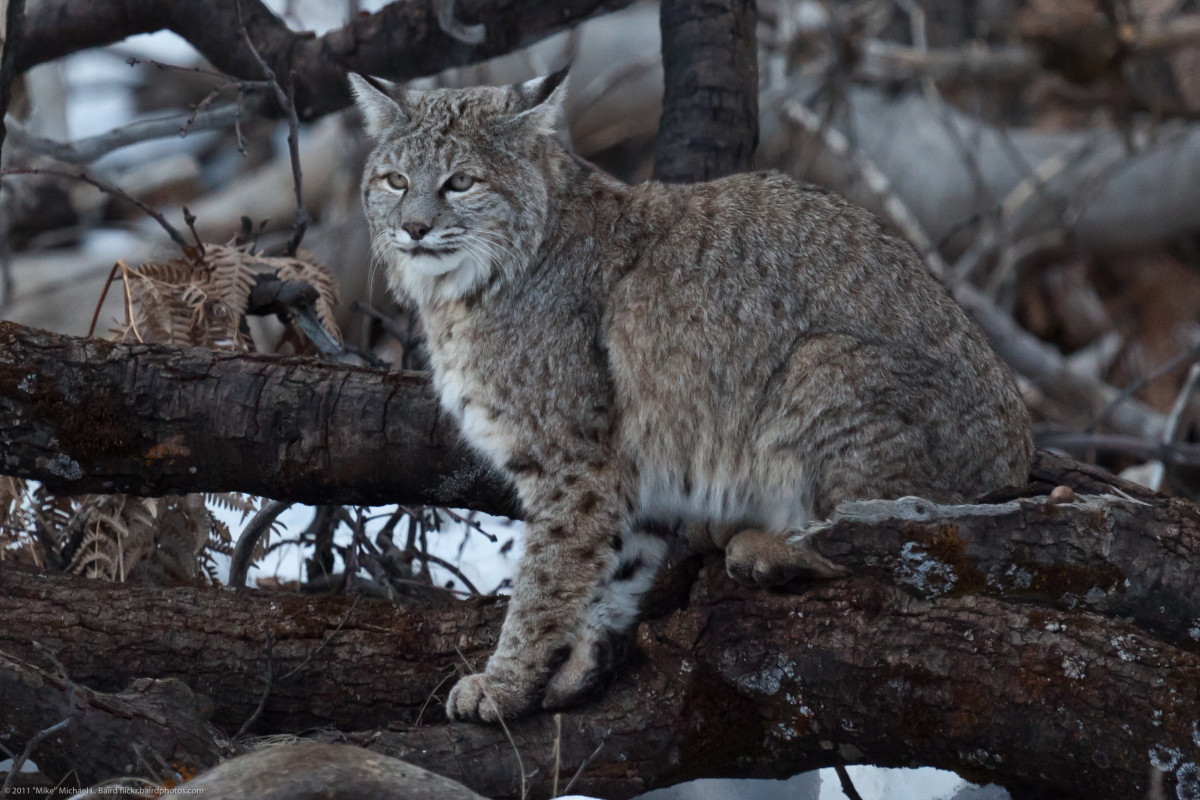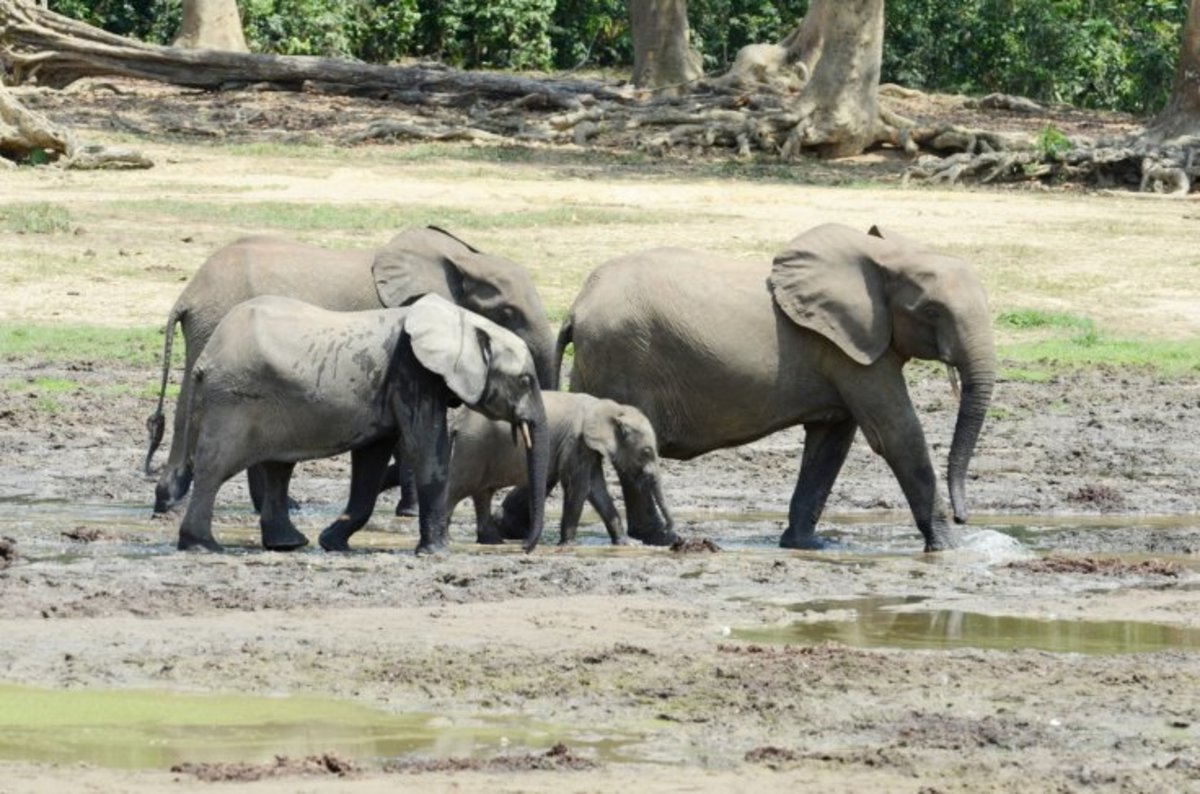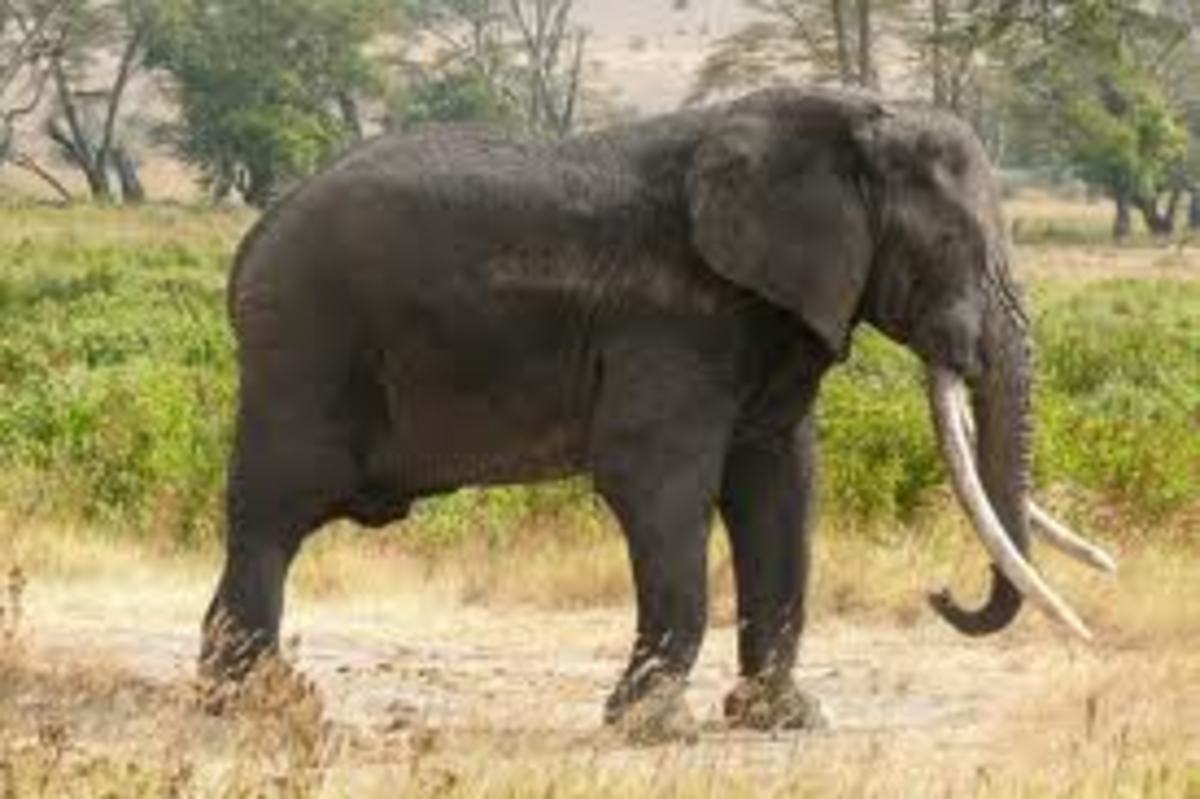Corbett
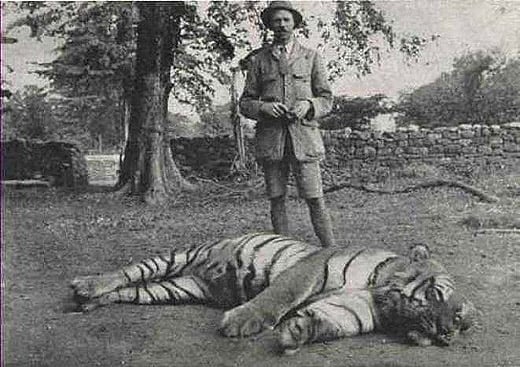
When I was a teenager, I was asked by my father’s friend – do you know who was Jim Corbett? I replied, yes – he was a famous hunter. I was corrected , No- he was the hunter of the man eaters of Kumaon.
That definition subtly differentiates a person who uses his hunting skills for the pure pleasure of a kill versus killing animals who become a threat to the local human population.
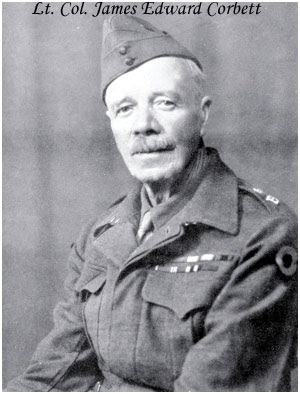
What are man-eaters?
A man-eater is an animal that eats or is thought to eat human flesh, e.g a tiger or a great white shark.
(Source : Bing- Dictionary)
These animals have chosen human flesh as their diet usually due to their incapability to hunt their natural food. This incapability arises when they have been injured due to a fight with another animal or a poor shot by humans, leaving them scarred and helpless in search of easier prey in order to survive.
Corbett - the conservationist
Jim Corbett was in fact a British hunter turned conservationist who lived most of his life in a place called Nainital nestled in the Himalayas in India. A colonel in the British Army, he was often called upon by the Forest Department to hunt down man eaters in the Kumaon region of Nanital who were killing the village folks of the area. Corbett’s hunting style was solitary and he was usually accompanied by Robin, his dog.
Besides hunting, Corbett also was an avid photographer and bought his first camera back in the 1920s, he was also very concerned about the preservation of the forest and its wildlife.

Corbett - the writer
After he retired from service, Jim Corbett authored some interesting books on his travels, experiences as a hunter and his interactions with the locals of Nainital. His most famous book in fact is aptly named the ‘Man eaters of Kumaon’. This became a best seller the world over and was translated into many languages. There was also a Hollywood film made based on it in 1948. ‘My India’ is another book that shares his hunting expeditions and also depicts his love for the local Indian people, his understanding of their ways and traditions and his respectful and caring attitude towards them.
- Corbett tracked and shot a total of 33 tigers and leopards (all man-eaters) from 1907 to 1938
- It is believed that these man-eaters were the cause of the death of more than 1200 men, women and children.
Other Books by Jim Corbett include-
The Man-Eating Leopard of Rudraprayag
Jungle Lore (also considered his autobiography)
The Temple Tiger and More Man Eaters of Kumaon
Tree Tops
Book Excerpts
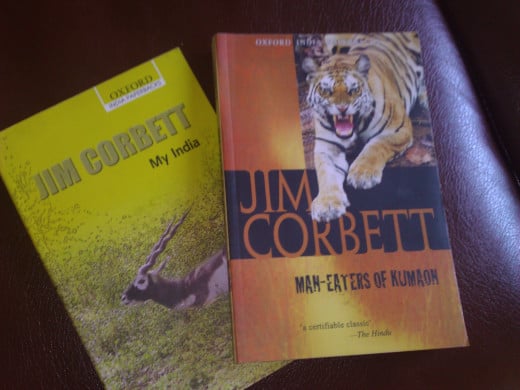
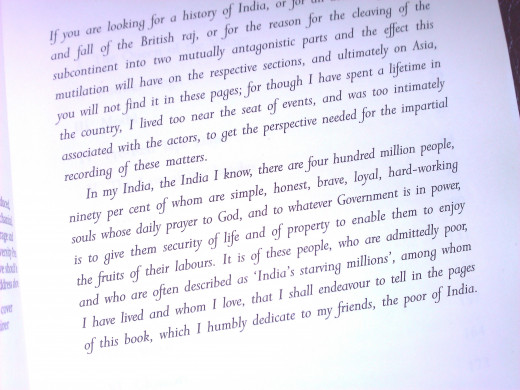
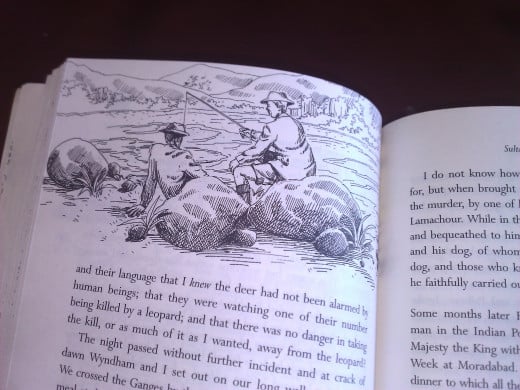
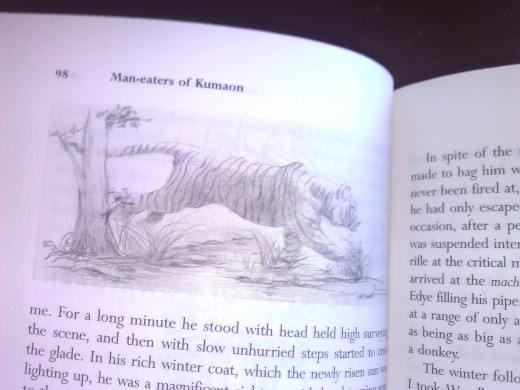
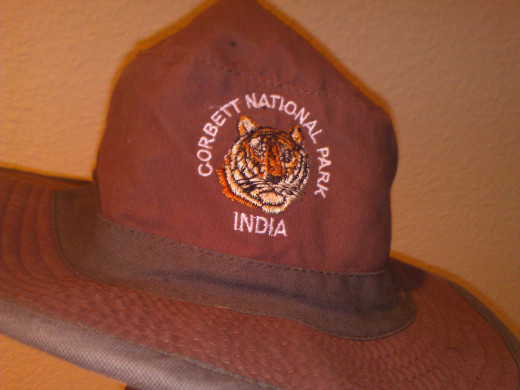
Corbett National Park
Corbett played a prominent part in the conservation of the Royal Bengal Tiger and urged the government to create a national park for the preservation of these fine creatures. This park was eventually christened Jim Corbett National Park after his death in 1957
I had the opportunity to visit the park in 2007 and it was a wonderful experience. Although the Jeep I was in did not witness any tiger, all we saw were some pug marks that left us fascinated. The other teams traversing the reserve had better luck and captured some great pictures as well as videos while holding their wits together in being witness to this beautiful creature. We also visited Jim Corbett’s home , now turned into a museum which has great artefacts on his work and life in the sleepy town of Nainital.
Once India gained independence from the British in 1947, Jim and his sister Maggie moved to Kenya for the rest of the days of their lives.



